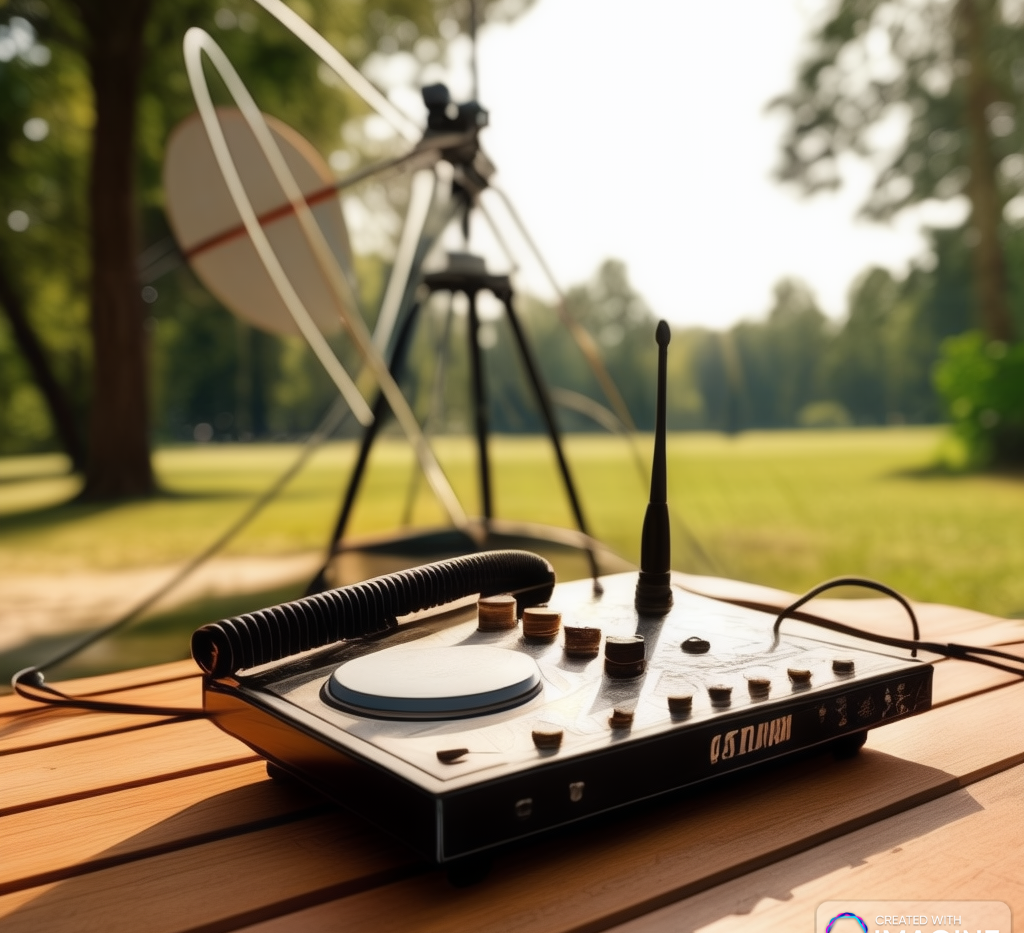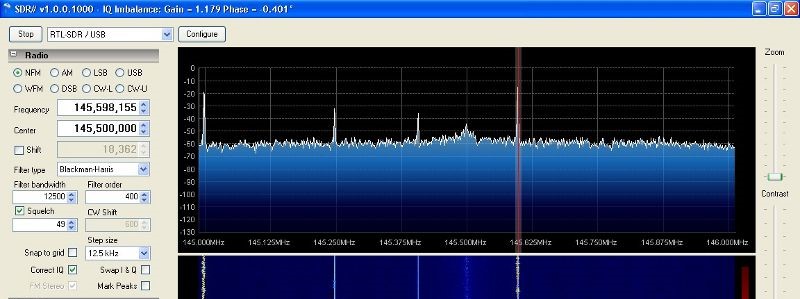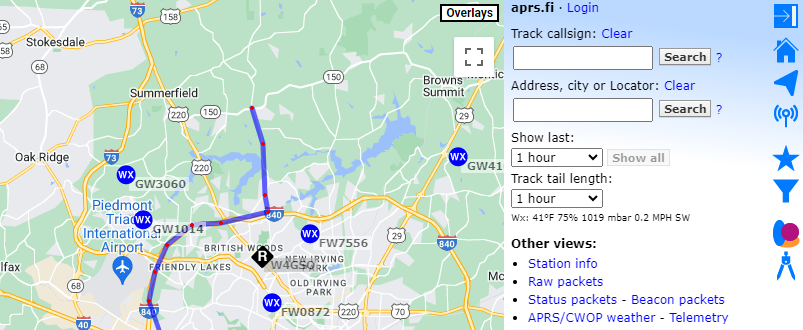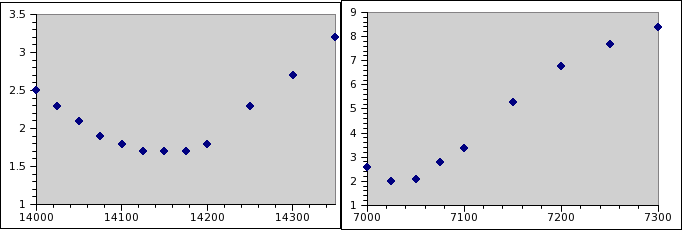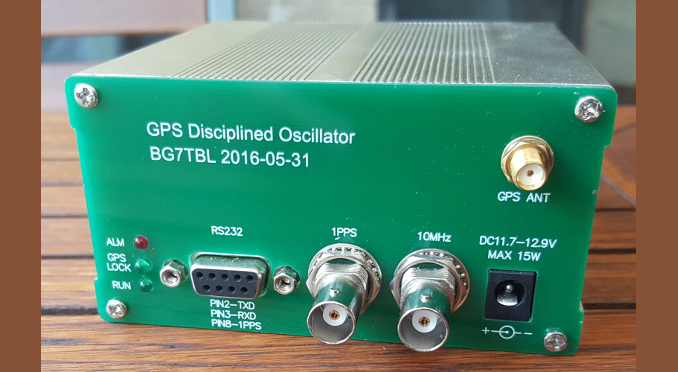Ruminations of a new DStar User – Pt 1
Tagged: DStar
- This topic has 0 replies, 1 voice, and was last updated 8 years, 2 months ago by
Chris.
-
AuthorPosts
-
-
February 26, 2016 at 4:21 pm #1210
Chris
ParticipantI chose the term “ruminations” due to its diverse definitions – all of which seem to apply.
What follows are my thoughts, opinions, reflections, etc on my DStar experience to date. As the title states, I’m new to the mode and there are probably any number of technical inaccuracies contained in this tome. As I said this represents my perceptions of what I have read and experienced. Do note that I tend to digress and am prone to being a bit of a grouser.
I’m what you might call an accidental DStar convert. I did not purposely pursue involvement in this. In December 2015, I was looking for a rig that provided HF and 2m/70cm SSB and an eye to future mobile operation. I happened upon the IC-7100 from ICOM. It wasn’t a perfect solution, but at the then $1000 price, it seemed a good economical compromise. It also had DStar. Fine – OK. I spent the next 3 or 4 weeks getting familiar with the “normal” operation of the 7100. Of course, I was also getting over the shock that a ham radio required a 400 page manual to cover its operation. We’re all comfortable with what we know – what we “grew up” with. Radios with a button or knob for each function – maybe a concentric knob here and there was the norm. Menus and multifunction buttons are not completely foreign – just not my normal. Push the button quickly, hold the button for a second, hold the button for 5 seconds or more, etc is just how it is now. It’s not something I particularly care for and would rather have single function controls, but it seems that only the radios in the $5k to $10k range have something approaching this. And I digress.
Now that I felt comfortable to some small degree with the operation of the 7100, I thought I would see what the DStar mode had to offer. I started with that 400 page manual. Not a bad place to start, but not a good place to finish. I should interject that my knowledge of DStar initially was peripheral. I knew what it was having read the various articles and equipment reviews in QST over the years. As a side note, when I was cleaning out/up the area where I was going to place the 7100, I found a stack of old QSTs from 2000 – 2002. I believe it was the November 2002 issue where DStar was mentioned as being introduced earlier in the year at Hamvention. I didn’t realize that it had been around that long (I also found my “Goats Head Soup” CD – no idea how it got there).
Well, it was off to the internet and the opportunity to plow through countless pages of beginners guides, club presentations and gee whiz blogs. I eventually found a few really useful documents – a homemade “Dummies” guide, a nice article from SERA and some good pages from a VK site. These were most helpful for me. How you learn/comprehend is most certainly different than how I do and what I found to be of suspect value might just be your panacea. As to the manual, well, it has its place – more on this later. I’m not criticizing the work that those other folks put into those documents – it’s just that they didn’t provide much in the way of operational help.
Also, along the way, I “registered” for the gateway through the W4GSO site and received a nice detailed email from Jesse on how to complete the process. I was on my way or so I thought. Setting up the W4GSO dv repeater on the 7100 was actually not too difficult. The 7100 had a list of repeaters stored in it. The manual was clear enough on how to select your area repeater, although the “zones” references aren’t the best way to convey the information – at least not here in the US. A kerchunk or two later and I was hitting the repeater. OK, now I was a qualified DStar operator. Not so fast, junior.
What became clear from reading the aforementioned documents, was how vital the FOUR fields were. Finally understanding what they were and how they were used began to gel. I was beginning to get the bigger picture of how the system worked. The Icom manual doesn’t really, in a direct way, point this out. A few pages in a PDF document from the web conveyed far more information in a clear, concise way than 30 pages in the Icom manual. From these “found” documents, I realized I needed to set my Gateway in the RPT2 field. For the GSO repeater, it would be the repeater itself with a “G” in the 8th position. I spent a fair amount of time trying to find the best way to do this on the 7100 in the manual. It’s probably there, somewhere, but I could not suss out the correct method. It seemed the best way would be to just edit the field and enter the data directly, That seemed rather backward given the ease of setting up the repeater from a list. I did another web search specifically on gateway setting for the 7100. One of the results was a document written by a G4, I think. Three short sentences was all that was needed. The method was simple, but getting to it was not. From some YouTube videos, it seems many folks were having the same problem I was. To be fair, perhaps this was added in a firmware update after the manual was completed – I don’t know. In the 77 pages devoted to DStar, in the near 400 page manual, I could not find this simple procedure. Now, at least, I was on the repeater AND the gateway. Now I was a qualified DStar operator. Well… no, not yet anyway.
On to part 2.
-
-
AuthorPosts
- You must be logged in to reply to this topic.

